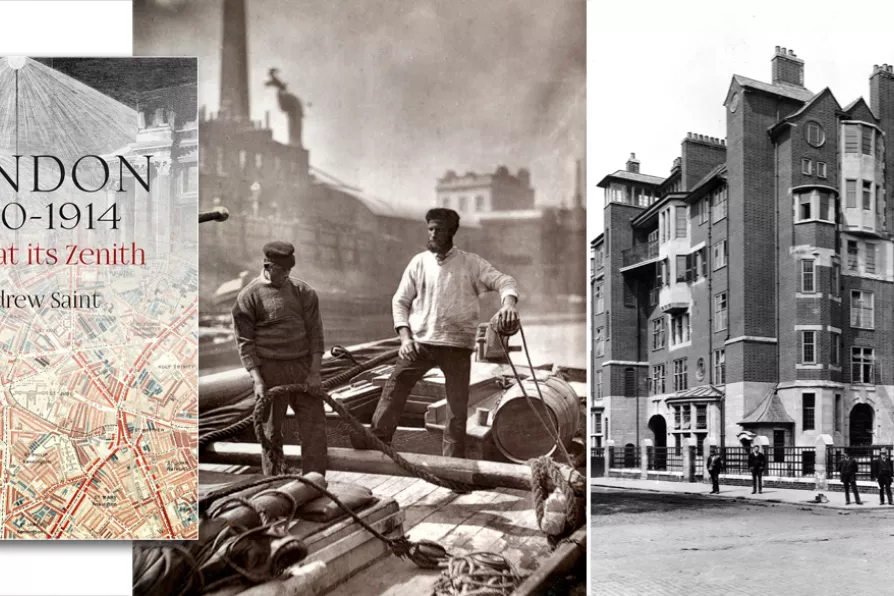RICHARD MURGATROYD enjoys a readable account of the life and meditations of one of the few Roman emperors with a good reputation

 Workers on the Silent Highway, a photograph from Street Life in London, 1877, by John Thomson and Adolphe Smith’ The best-known of the LCC’s Arts and Crafts fire stations, job architect HFT Cooper, 1901–2, still in service
[(L to R) Wikipedia/Public domain/courtesy Andrew Saint]
Workers on the Silent Highway, a photograph from Street Life in London, 1877, by John Thomson and Adolphe Smith’ The best-known of the LCC’s Arts and Crafts fire stations, job architect HFT Cooper, 1901–2, still in service
[(L to R) Wikipedia/Public domain/courtesy Andrew Saint]
London 1870-1910: City at its Zenith
by Andrew Saint
Lund and Humphries £24.43
THIS intriguing, informative, richly illustrated and engagingly written volume covers 40 years of a city living a epochal change, from the completion of the Joseph Bazalgette’s outfall sewers, switching London Underground to electric propulsion, the growth of trade unionism, birth of social democracy and … the first all-weather ice rinks made possible using a novel mixture of glycerine and water.
In a curious, and perhaps telling, coincidence, the period addressed is equivalent to the average lifespan for the time of just 41.8 years.
The agricultural depression meant that many sought refuge in London where overcrowding and poor sanitation caused much premature death.

JOHN GREEN is fascinated by a very readable account of Britain’s involvement in South America

HENRY BELL is provoked by a book that looks toward, but does not fully explore the question of who gets to imagine the shapes of cities to come












